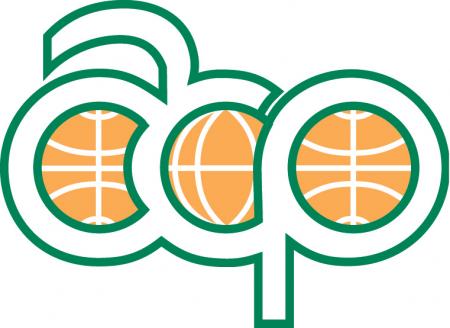Guideline for interacting with sea turtles in Vanuatu
Sea turtles are charismatic animals and many people, both from Vanuatu and our visiting tourists, are excited to see them. But turtles are threatened species and can be easily disturbed by humans and other human activities can also have detrimental effecThis is also available in Bislamic and French languages Call Number: [EL]Physical Description: 22 p.






